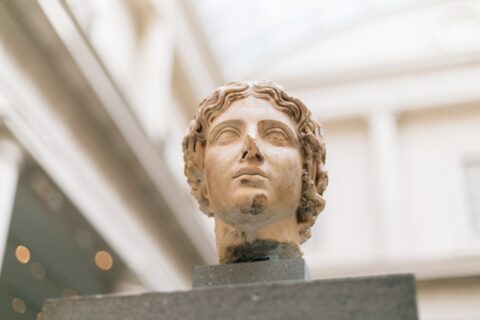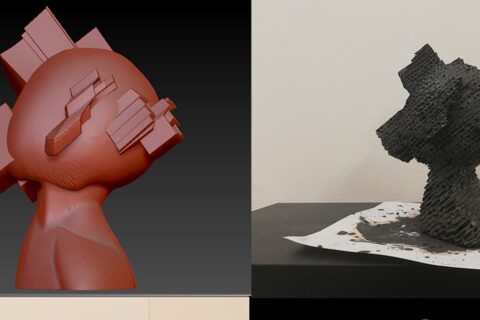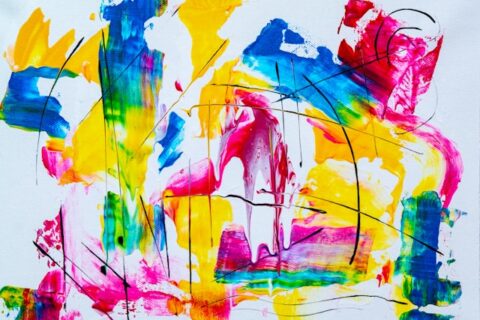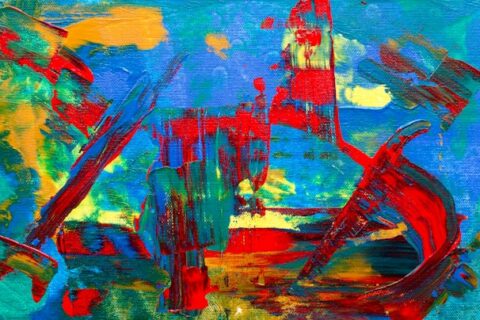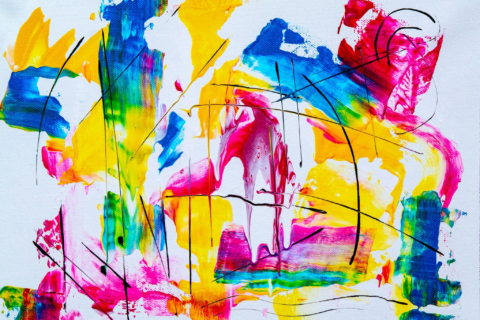
Portrait sculpture
- Leake Camille
- July 11, 2019
- Genres of sculpture
- No Comments
The history of the Greek portrait dates back to the late Archaic period. In the fifth century B.C. the idealized, typical portrait and the portrait in which the artist sought to convey the individual image of the depicted person developed in parallel. But supporters of both of these trends cared more about form than about psychological characteristics.
At the end of the fifth century B.C. in Demetrius of Alopecia the portrait art acquired a master who was mainly interested in the physiognomic features of his models but not deeply penetrating into their psyche. In the 4th century B.C., in connection with the general tendency toward individualism and the interest in the individual as such, portraiture rapidly developed as a separate branch of sculpture and masters appeared who worked, if not exclusively, then primarily in this field. Portraits were made not only of living persons, but also of the long dead: philosophers, poets, political figures.
In the late 4th century B.C. the statues of the great tragedians were erected in the Dionysus Theater in Athens. Masters did not work from nature and sought to create an image that corresponded to the general idea of a given personality, with its typical psychological features. In portraiture in the 4th century several trends coexisted. In the era of Lysippus a certain prevalence received a direction which sought to in-depth transfer of psyche depicted persons and their sharp individual characteristics, without, however, abandoning the classical principles of the formal construction of the head.
These features are reflected in the portrait of Alexander, found in Pergamum and, most likely, going back to the original work of Lysippus. Alexander is presented here not as a hero of ancient mythology, or in a dispassionate and objective manner, as he was sometimes portrayed by other masters. Lysippus gave the image of a man – a hero of his time, struggling, suffering and torn by internal contradictions.


